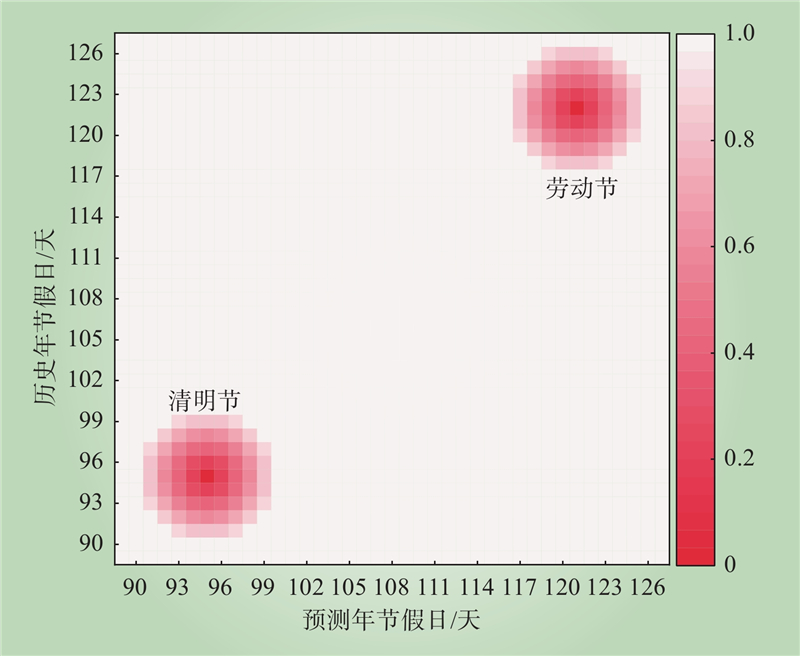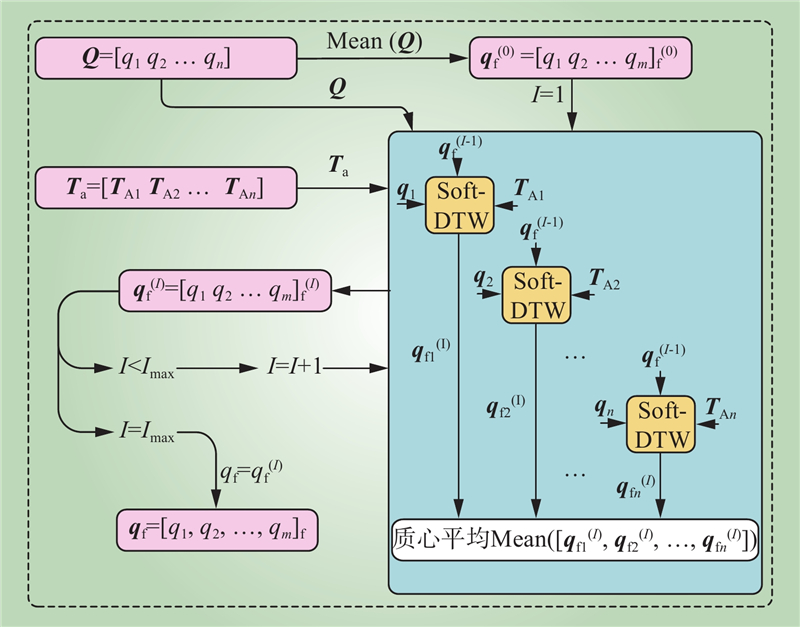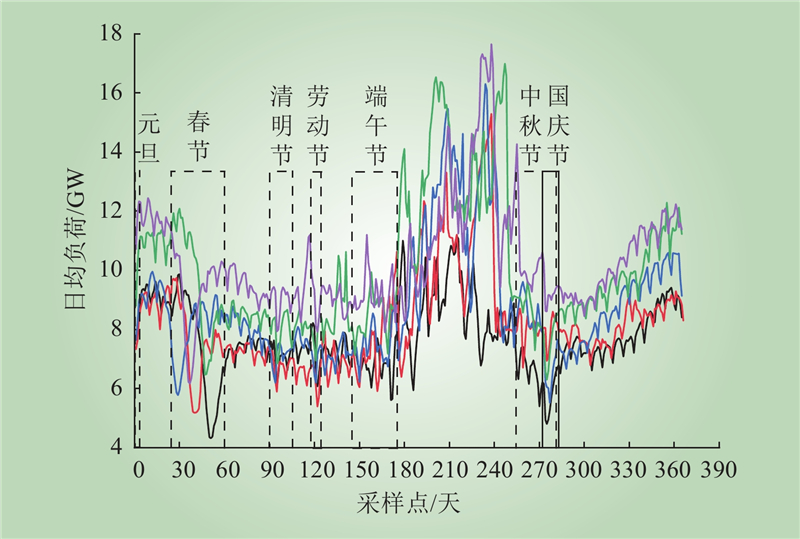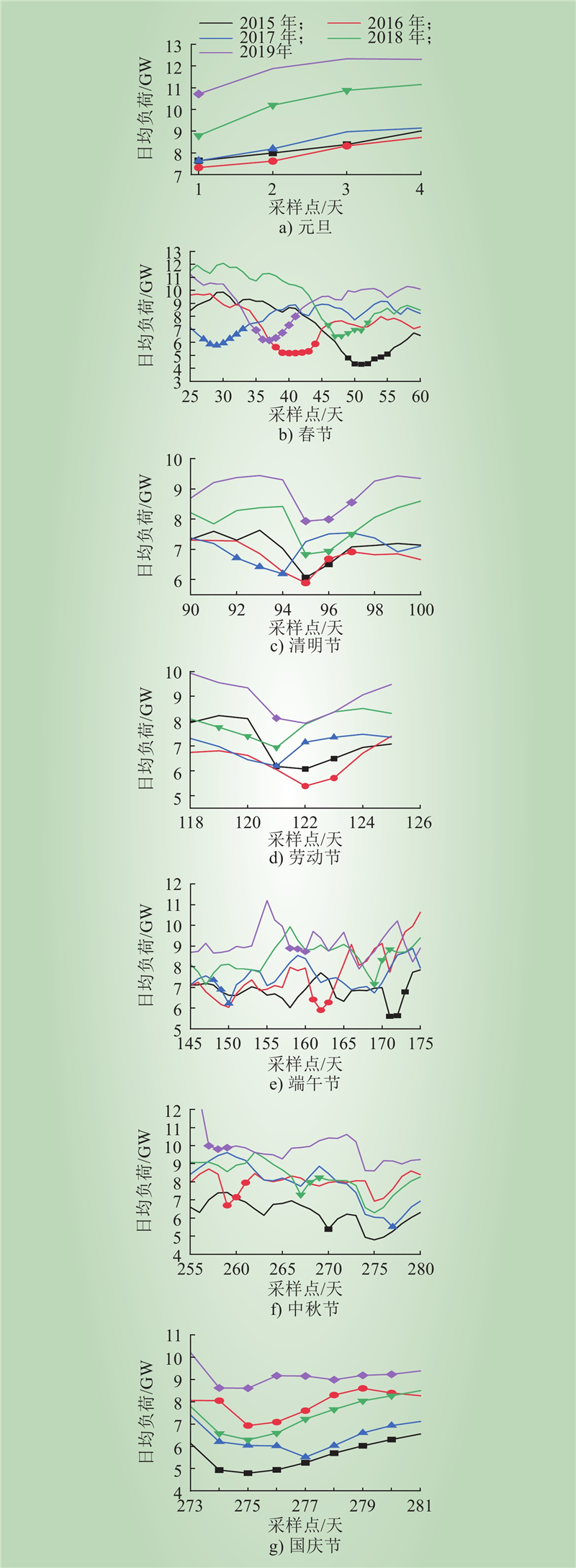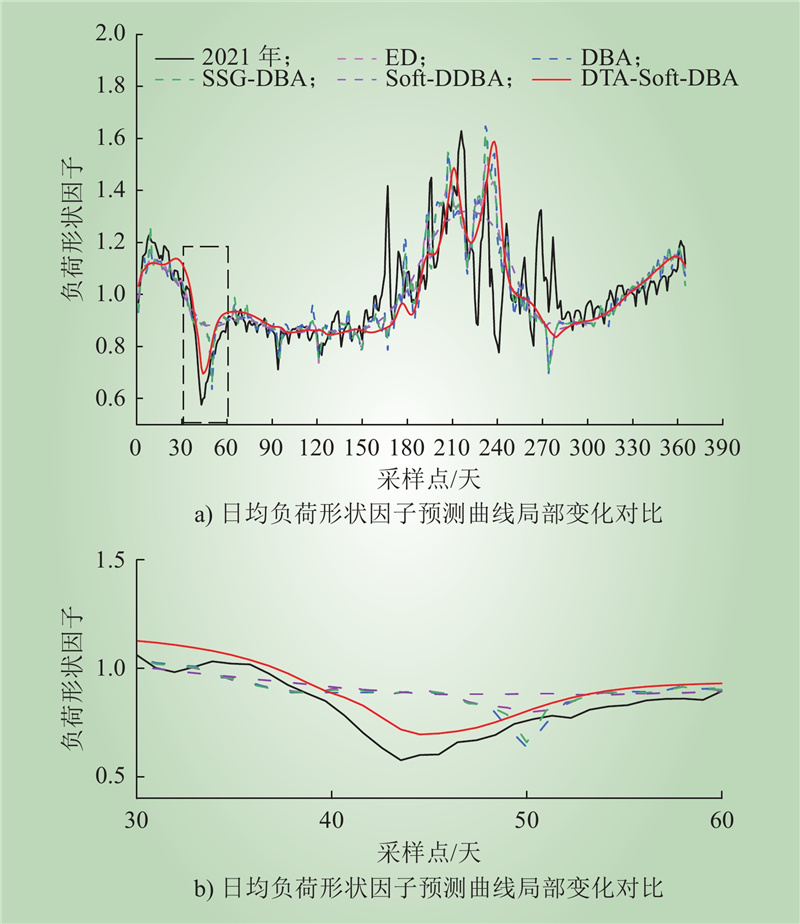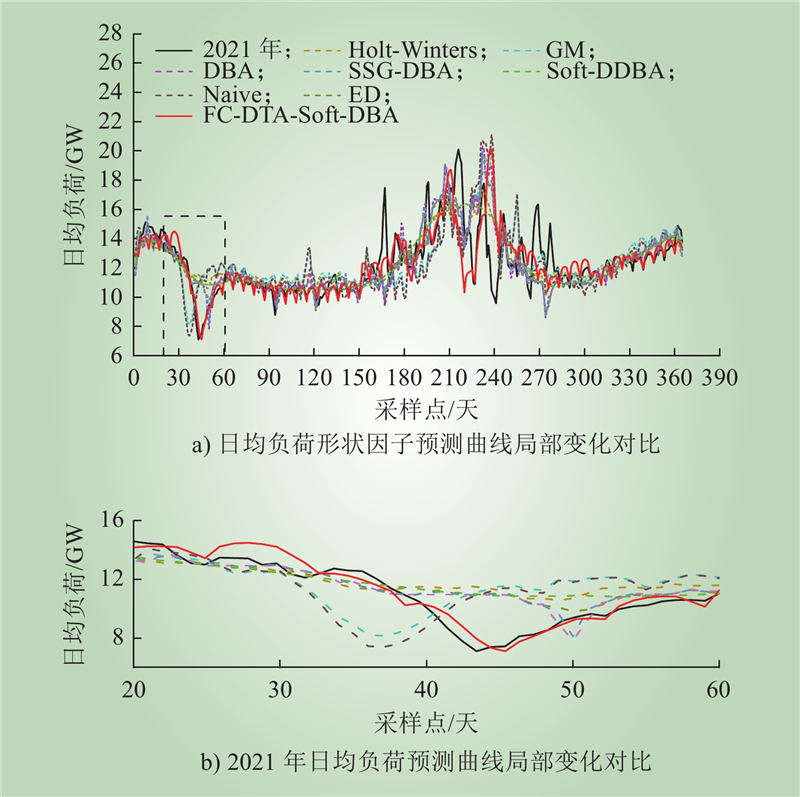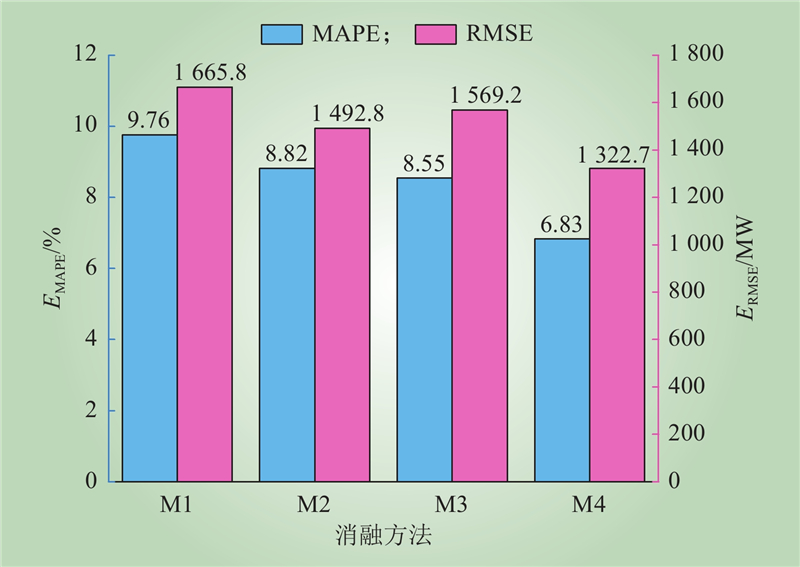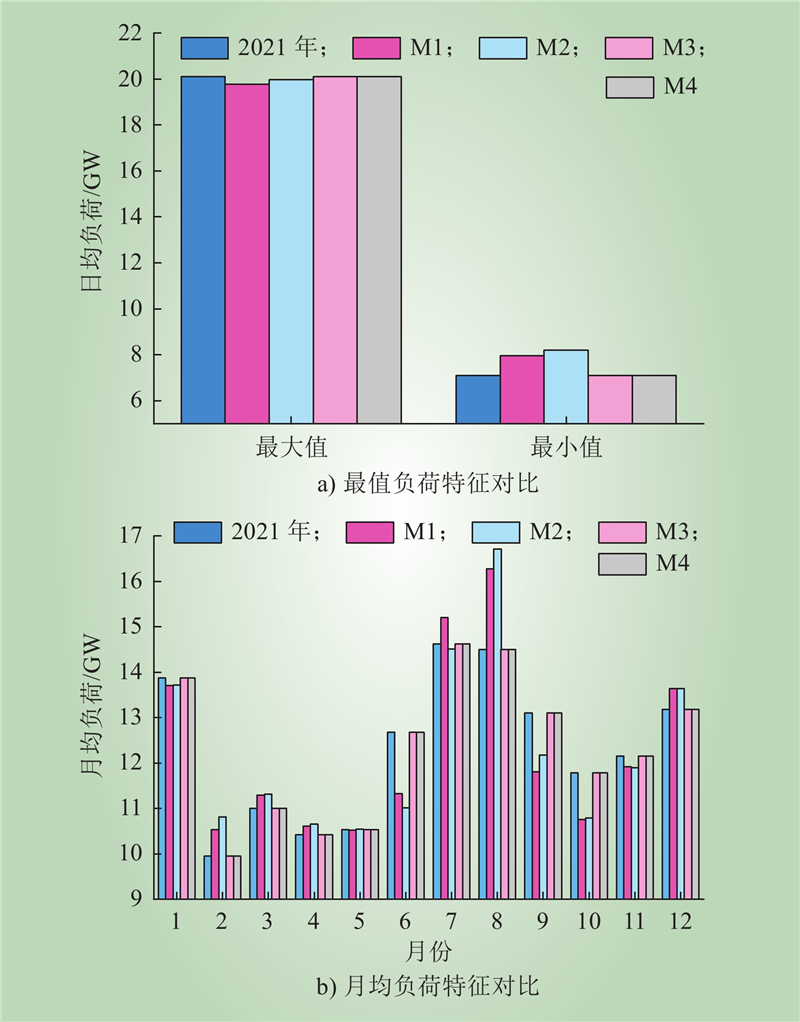| 1 |
LÓPEZ J C, RIDER M J, WU Q W. Parsimonious short-term load forecasting for optimal operation planning of electrical distribution systems[J]. IEEE Transactions on Power Systems, 2019, 34 (2): 1427- 1437.
DOI
|
| 2 |
张籍, 薛儒涛, 刘慧, 等. 基于深度信念网络的不同行业中长期负荷预测[J]. 电力系统及其自动化学报, 2019, 31 (9): 12- 19, 27.
|
|
ZHANG Ji, XUE Rutao, LIU Hui, et al. Medium-and long-term load forecasting for different industries based on deep belief network[J]. Proceedings of the CSU-EPSA, 2019, 31 (9): 12- 19, 27.
|
| 3 |
LUSIS P, KHALILPOUR K R, ANDREW L, et al. Short-term residential load forecasting: impact of calendar effects and forecast granularity[J]. Applied Energy, 2017, 205, 654- 669.
DOI
|
| 4 |
SINGH P, DWIVEDI P. A novel hybrid model based on neural network and multi-objective optimization for effective load forecast[J]. Energy, 2019, 182, 606- 622.
DOI
|
| 5 |
SADEGHI M S. A hybrid intelligent-based linear-nonlinear model for accurate daily peak load forecasting[J]. Journal of Intelligent & Fuzzy Systems, 2014, 26 (6): 3013- 3020.
|
| 6 |
祝青, 孟祥娟, 陈晓峰, 等. 基于时间尺度组合优化的中长期负荷预测方法[J]. 大众用电, 2021, 36 (6): 20- 22.
|
| 7 |
ZHU K D, LI Y P, MAO W B, et al. LSTM enhanced by dual-attention-based encoder-decoder for daily peak load forecasting[J]. Electric Power Systems Research, 2022, 208, 107860.
DOI
|
| 8 |
ZHENG H T, YUAN J B, CHEN L. Short-term load forecasting using EMD-LSTM neural networks with a xgboost algorithm for feature importance evaluation[J]. Energies, 2017, 10 (8): 1168.
DOI
|
| 9 |
SUN T H, ZHANG T Y, TENG Y, et al. Monthly electricity consumption forecasting method based on X12 and STL decomposition model in an integrated energy system[J]. Mathematical Problems in Engineering, 2019, 2019, 9012543.
|
| 10 |
TRULL O, GARCÍA-DÍAZ J C, PEIRÓ-SIGNES A. Multiple seasonal STL decomposition with discrete-interval moving seasonalities[J]. Applied Mathematics and Computation, 2022, 433, 127398.
DOI
|
| 11 |
全一鸣, 喻敏, 王文波, 等. 基于分形优化的VMD和GA-BP的短期风速预测[J]. 太阳能学报, 2023, 44 (7): 436- 446.
|
|
QUAN Yiming, YU Min, WANG Wenbo, et al. Short-term wind speed prediction based on fractal optimization of VMD-GA-BP[J]. Acta Energiae Solaris Sinica, 2023, 44 (7): 436- 446.
|
| 12 |
CHEN Y T, ZHANG D X. Theory-guided deep-learning for electrical load forecasting (TgDLF) via ensemble long short-term memory[J]. Advances in Applied Energy, 2021, 1, 100004.
DOI
|
| 13 |
张颖超, 沈子豪, 马伟叁, 等. 相似样本优化选取的短期风电功率预测[J]. 重庆理工大学学报(自然科学), 2022, (1): 277- 284.
|
|
ZHANG Yingchao, SHEN Zihao, MA Weisan, et al. Short-term wind power forecast based on DTW similar optimization sample selection[J]. Journal of Chongqing University of Technology (Natural Science), 2022, (1): 277- 284.
|
| 14 |
LIANG H S, MA J. Develop load shape dictionary through efficient clustering based on elastic dissimilarity measure[J]. IEEE Transactions on Smart Grid, 2021, 12 (1): 442- 452.
DOI
|
| 15 |
CUTURI M, BLONDEL M. Soft-DTW: a differentiable loss function for time-series[C]//Proceedings of the 34th International Conference on Machine Learning-Volume 70. Sydney, NSW, Australia. ACM, 2017: 894–903.
|
| 16 |
PETITJEAN F, KETTERLIN A, GANÇARSKI P. A global averaging method for dynamic time warping, with applications to clustering[J]. Pattern Recognition, 2011, 44 (3): 678- 693.
DOI
|
| 17 |
WANG B, TAI N L, ZHAI H Q, et al. A new ARMAX model based on evolutionary algorithm and particle swarm optimization for short-term load forecasting[J]. Electric Power Systems Research, 2008, 78 (10): 1679- 1685.
DOI
|
| 18 |
丁义, 杨建. 欧式距离与标准化欧式距离在k近邻算法中的比较[J]. 软件, 2020, 41 (10): 135- 136, 140.
DOI
|
|
DING Yi, YANG Jian. Comparison between euclidean distance and standardized euclidean distance in k-nearest neighbor algorithm[J]. Computer Engineering & Software, 2020, 41 (10): 135- 136, 140.
DOI
|
| 19 |
苏振宇, 龙勇, 汪於. 基于季节调整和Holt-Winters的月度负荷预测方法[J]. 中国管理科学, 2019, 27 (3): 30- 40.
|
|
SU Zhenyu, LONG Yong, WANG Yu. A hybrid monthly load forecasting method based on seasonal adjustment and holt-winters[J]. Chinese Journal of Management Science, 2019, 27 (3): 30- 40.
|
| 20 |
任峰, 李伟, 丁超. 基于灰色-周期外延组合模型的电力负荷预测[J]. 电网技术, 2007, 31 (24): 52- 54.
|
|
REN Feng, LI Wei, DING Chao. Load forecasting based on gray-periodic extensional combinatorial model[J]. Power System Technology, 2007, 31 (24): 52- 54.
|
| 21 |
SCHULTZ D, JAIN B. Nonsmooth analysis and subgradient methods for averaging in dynamic time warping spaces[J]. Pattern Recognition, 2018, 74, 340- 358.
DOI
|
| 22 |
ZHANG S Y, CHEN R H, CAO J C, et al. A CNN and LSTM-based multi-task learning architecture for short and medium-term electricity load forecasting[J]. Electric Power Systems Research, 2023, 222, 109507.
DOI
|
| 23 |
RENTACHINTALA L R N P, MUTUKURU GANGIREDDY M R, MOHAPATRA P K. Trends of surface water quality of the Krishna River, India during the urbanization process[J]. Environmental Quality Management, 2023, 32 (3): 111- 121.
DOI
|
| 24 |
张倩, 马愿, 李国丽, 等. 频域分解和深度学习算法在短期负荷及光伏功率预测中的应用[J]. 中国电机工程学报, 2019, 39 (8): 2221- 2230.
|
|
ZHANG Qian, MA Yuan, LI Guoli, et al. Applications of frequency domain decomposition and deep learning algorithms in short-term load and photovoltaic power forecasting[J]. Proceedings of the CSEE, 2019, 39 (8): 2221- 2230.
|
| 25 |
韩芳, 王学春, 靳宗信. 基于ACF的基音检测改进算法[J]. 现代电子技术, 2017, 40 (19): 71- 74, 78.
|
|
HAN Fang, WANG Xuechun, JIN Zongxin. Improved pitch detection algorithm based on ACF[J]. Modern Electronics Technique, 2017, 40 (19): 71- 74, 78.
|




